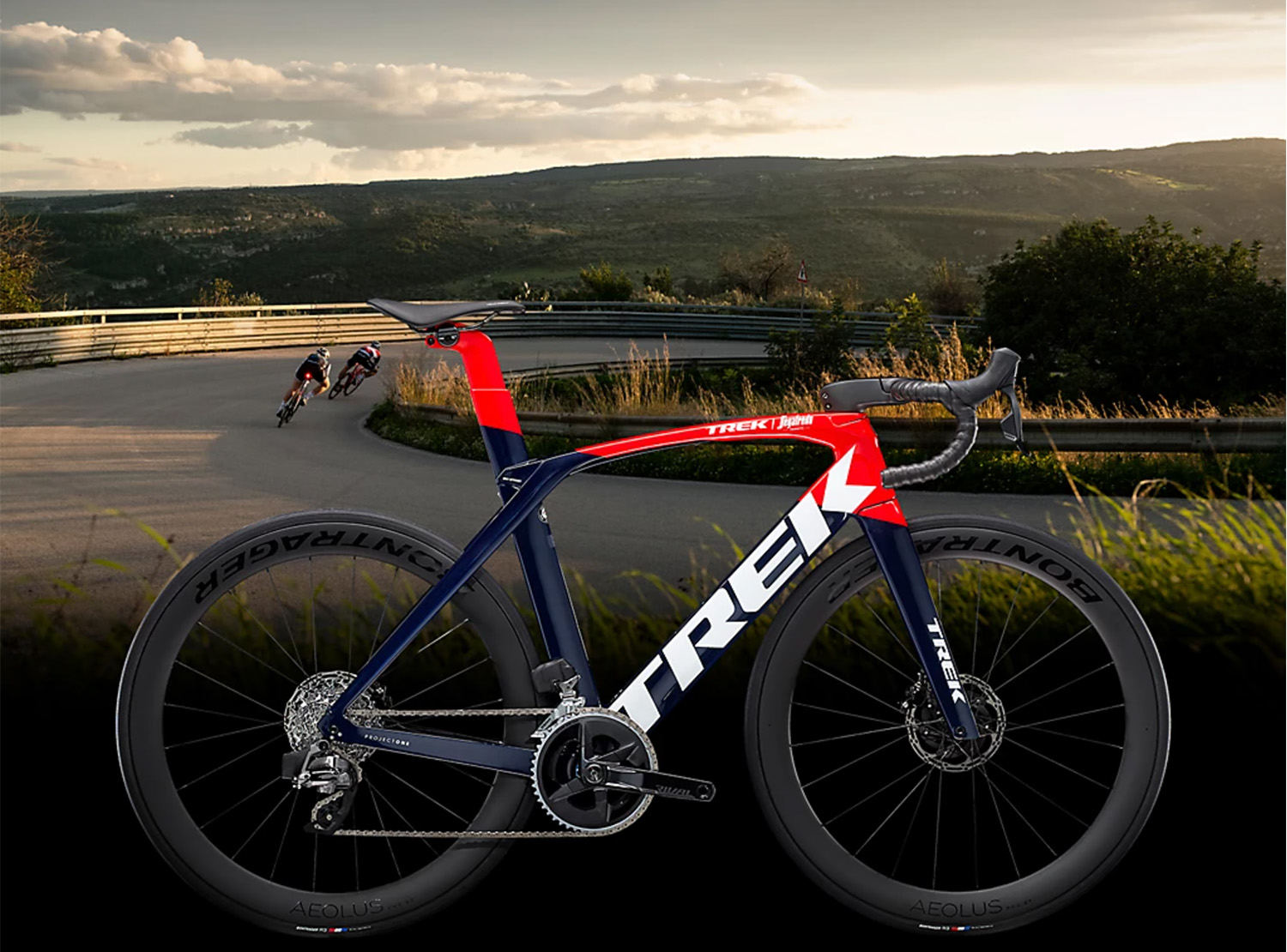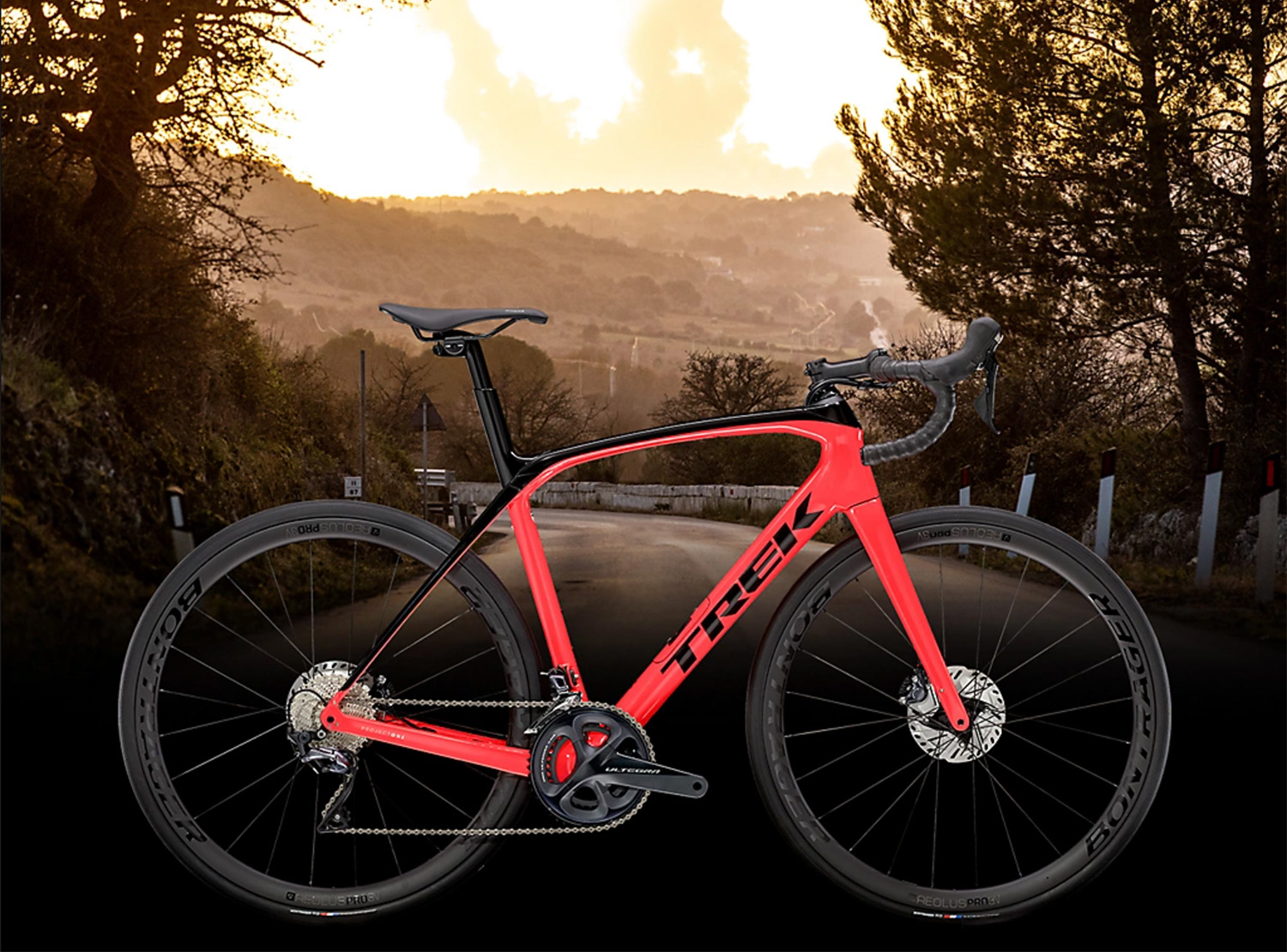
How to Choose a Road Bike
Everything you ever wanted to know about road bikes but were afraid to ask
Road bikes are made for speed and efficiency on paved or gravel roads. You might be thinking, “But you can ride any bike on the road, so isn’t every bike a road bike?” Well, yeah. Kind of. You can indeed ride any bike on the road, but true road bikes have specific design features that help them perform best on road surfaces and separate them from bikes in other categories.
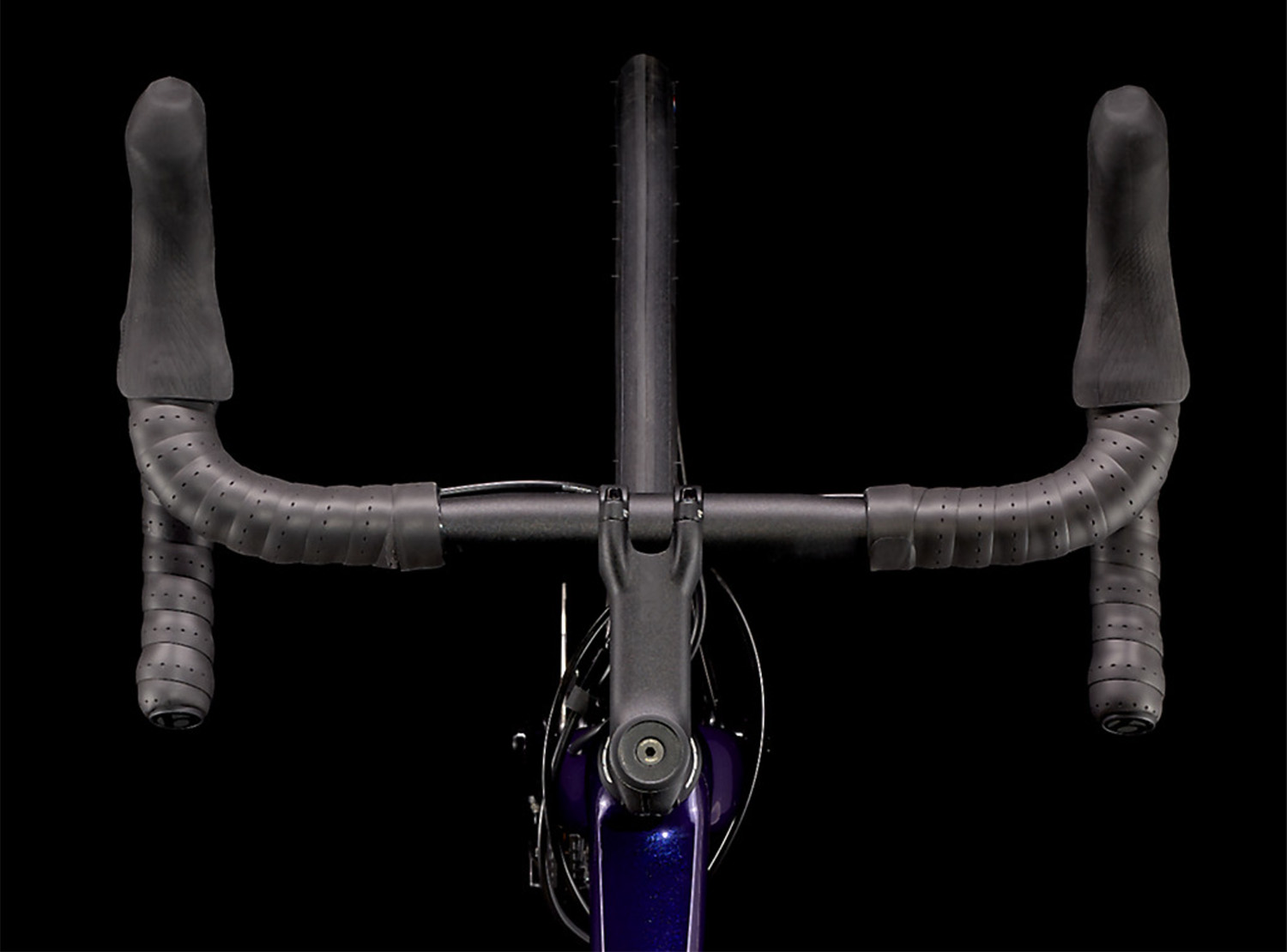
Drop bars
One such feature is the handlebars, which are called drop bars. This downward-swooping design gives you a lot of flexibility in where you put your hands and how you position your body, which is great for longer rides because you can switch positions to get more comfort or leverage for extra speed.
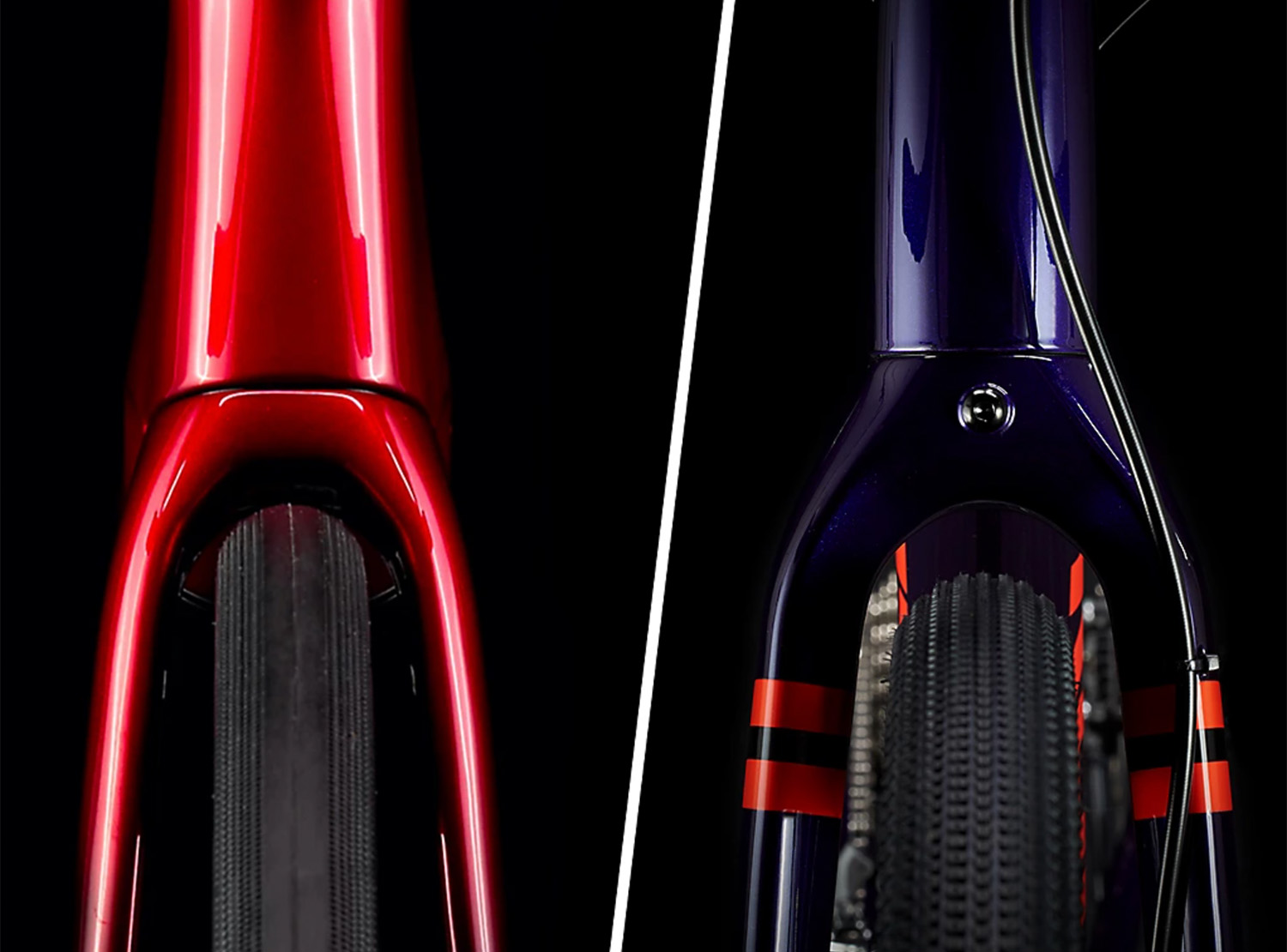
Skinny(ish) tires
Historically, road bikes have had skinny tires, but more modern road bikes range from skinny 25mm tires up to 45mm knobby tires for venturing on surfaces that can only charitably be described as roads.
Types of Road Bikes
Trek makes four main categories of road bikes, with several model options in each family. So, how do you know which kind of road bike is best for you?
First, consider your riding goals: How do you want to ride and where do you want to ride?
Do you see yourself riding for speed and even racing? Do you imagine climbing paved mountain switchbacks on epic all-day adventures? Or is your vision more like rustic gravel roads with no one else in sight for miles?
Now, keep that picture of your ideal ride in your mind as you read through each of the road bike categories below. Each category is tailored for a specific kind of road riding, so choosing your perfect road bike is about matching the vision of your ideal ride to the design purpose of each type of road bike below.
Aero road bikes
Aero road bikes like Madone are designed to slice through the wind and give you every possible advantage in speed. They’re often the bike of choice for racers because they’re so fast. While a bike’s weight is the easiest characteristic to feel, if you’re averaging over 12 mph, aerodynamics is the largest force working to slow you down.
If speed and performance are your main considerations, an aero road bike is best for you.
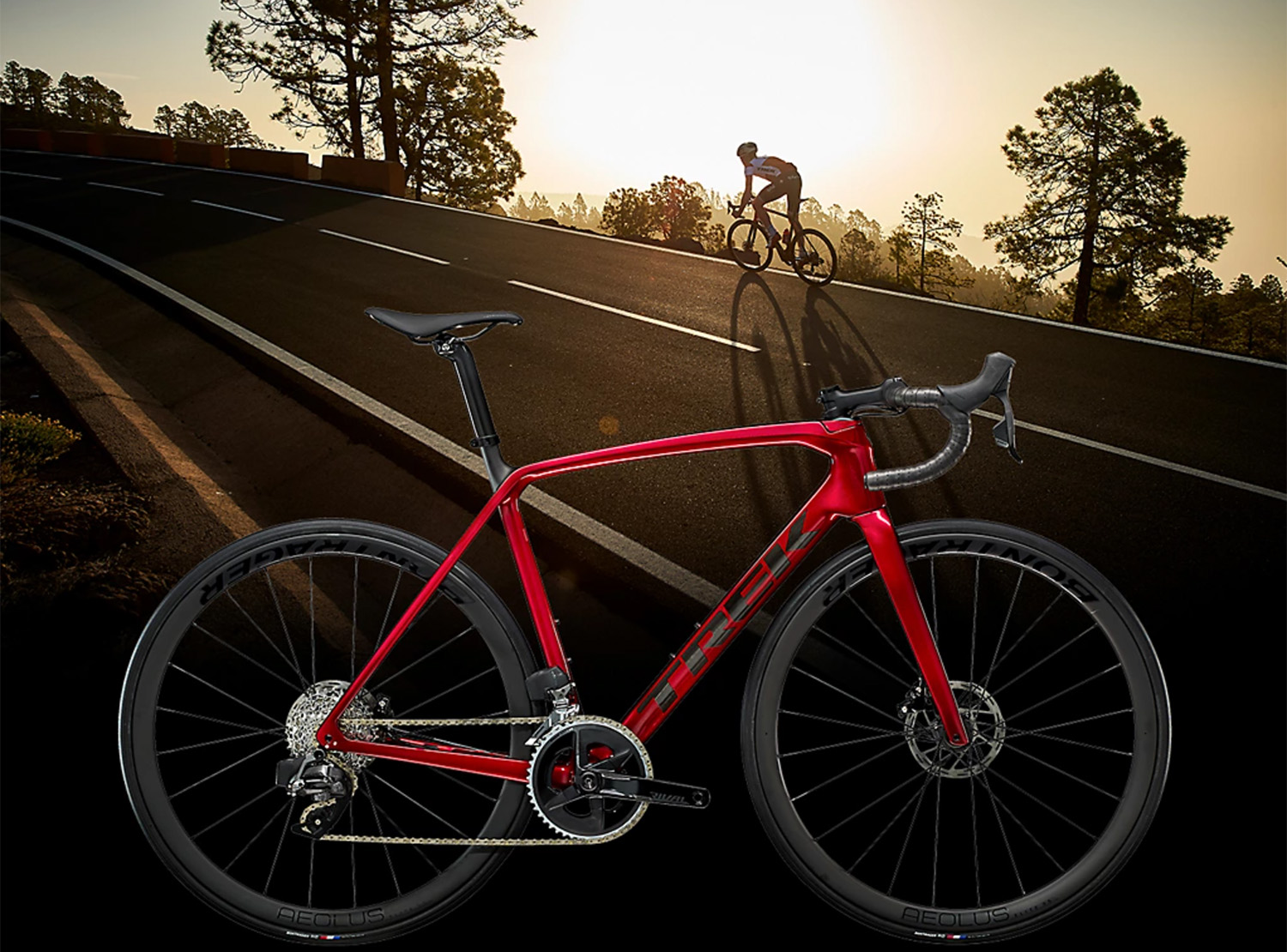
Lightweight road bikes
Climbing road bikes like Émonda, which are also sometimes known as “all-around” road bikes, have historically been made to be ultra-light so there’s less you have to carry up a climb. As we’ve come to understand even more about tube shapes, we’ve been able to make these bikes both lightweight and aerodynamic.
If you want to maximize your performance on hilly courses or want a more traditional all-around road bike, check out the models in this category.
Endurance road bikes
Endurance road bikes like Domane are designed to let you ride farther and over a wider variety of road surfaces. They’re great for new road riders and seasoned riders alike, and built with a stable and comfortable geometry that keeps you smooth and confident.
If you want to ride fast and stay comfortable for anywhere between 10 miles or 10 hours, an Endurance road bike is a great choice.
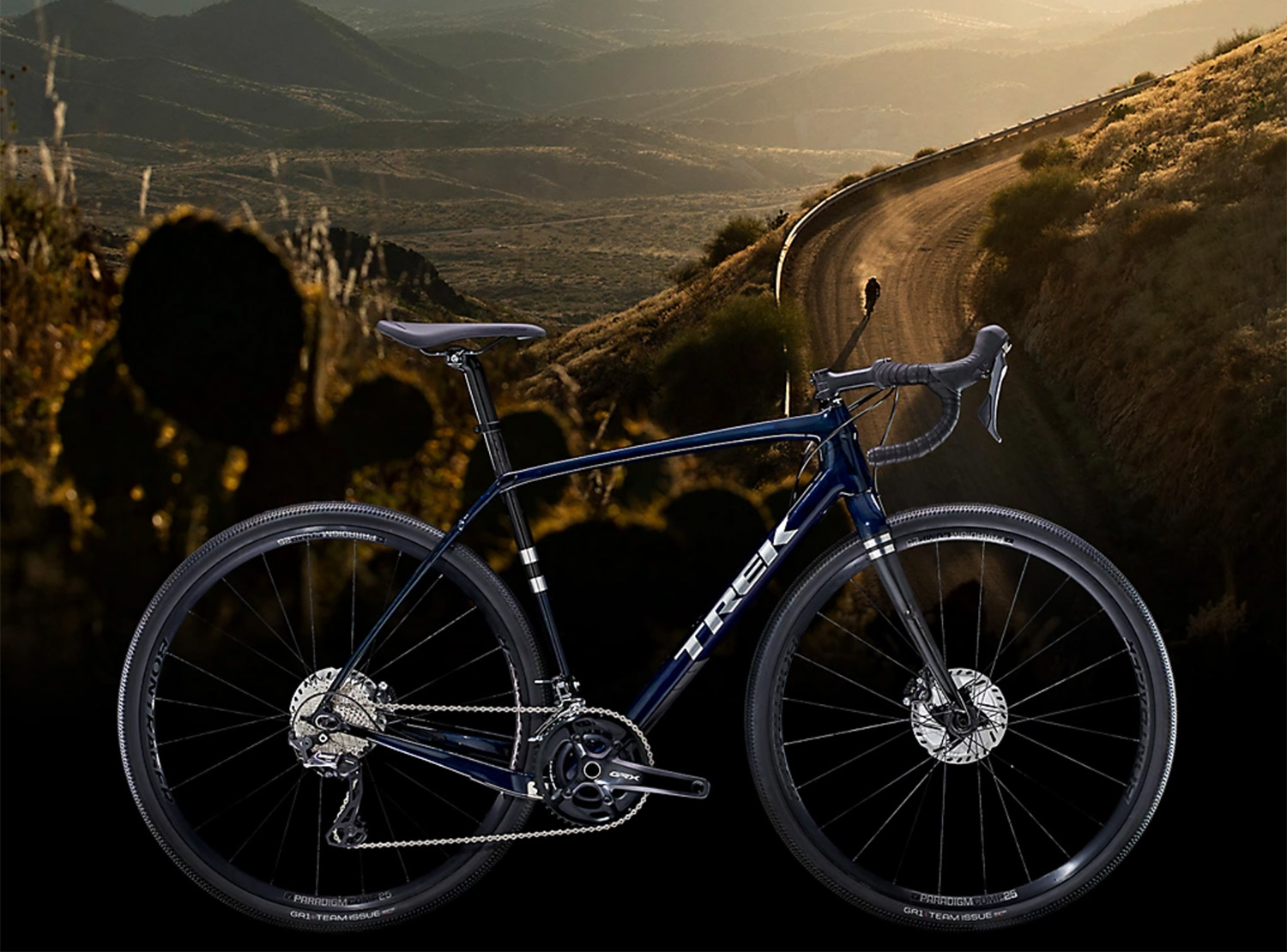
Gravel bikes
Roads don’t have to be paved to be fun! Gravel bikes are built for venturing off-pavement to dirt and gravel roads. These bikes can often accommodate wider, more stable tires and a wide range of accessories like bags, racks, and fenders for any kind of adventure. This makes them ideal for riders who want a jack-of-all-trades bike.
If you’re looking for adventure on more challenging terrain like gravel and dirt roads, you should explore these models.
Choosing a Trek Road Bike
Once you know which kind of bike you want, you’re closer to finding your perfect bike. Trek offers different platforms within a given family that all share a common frameset, and then subdivides further to certain models.
Carbon vs. aluminum
Most road bike frames fall into two camps: carbon fiber and aluminum alloy.
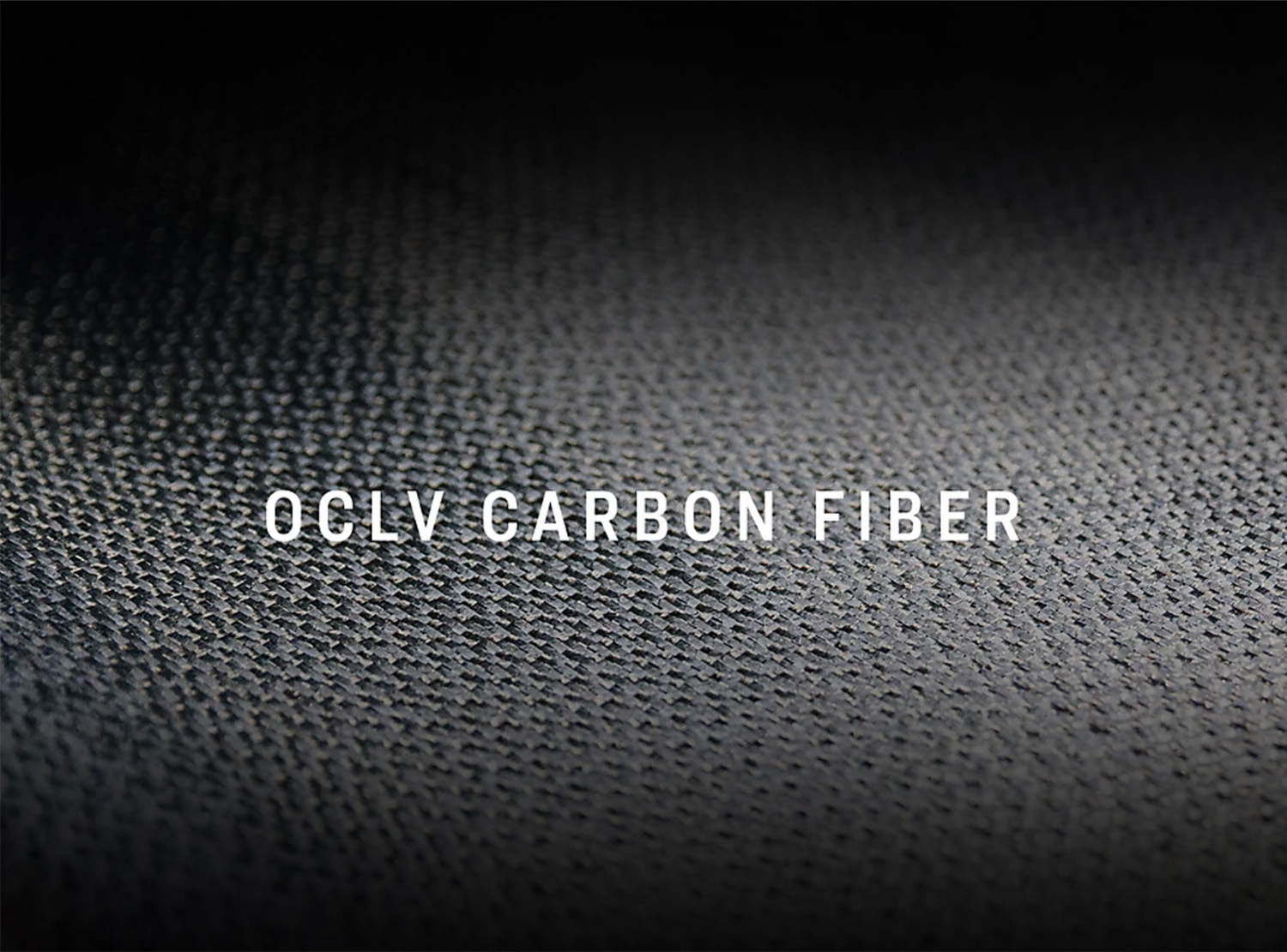
Carbon fiber is a composite material that allows bike designers the flexibility to make super-light and efficient structures that can be made into any imaginable shape, allowing for aerodynamics or ride quality to be further emphasized. This means that carbon fiber bikes generally are lighter and make fewer compromises on performance qualities. However, carbon bikes take a lot of precision craftsmanship to make and tend to be more expensive than their aluminum counterparts.
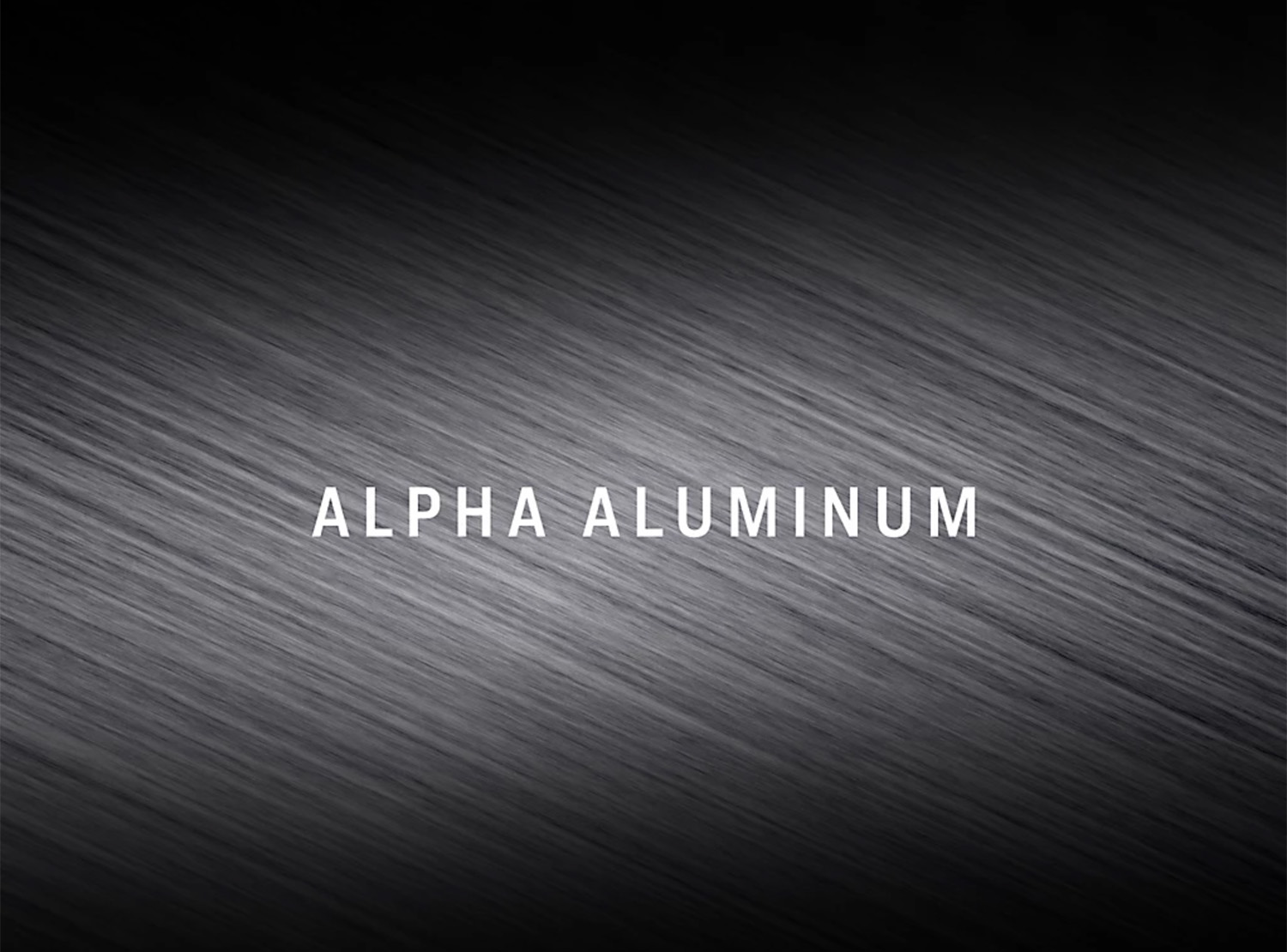
Aluminum alloys are another great choice for a frame material. Still packed with performance, alloy bikes allow a little more value into the equation. Aluminum bikes of the past got a bad wrap for riding harshly, but modern aluminum bikes are significantly more advanced and have a good portion of the performance characteristics of carbon at a fraction of the price.
Platforms
What do those letters after the model mean?
SLR
The Pinnacle. Ne plus ultra. The best. SLR is the ultimate. These models are made from our highest-tech carbon, feature all the technology we can pack into them, and are generally the choice of top-level racers.
SL
Trek’s SL platforms are made with advanced carbon fiber materials and technology that’s usually far above competitors’ top-end bikes. They generally feature most of the performance characteristics of their SLR siblings, with slightly higher weight for a lot more value.
ALR
Our highest-performing alloy frames wear the ALR badge. They’re lightweight, race-worthy, and don’t break the bank. ALR frames feature hydroforming to optimize a tube’s efficiency through its length and smooth welds for weight reduction and sleek looks.
AL
Our entry-level AL frames are made at the intersection of performance and value. They have smart features and great looks, but the key attribute is the value. With AL models, you’re getting a great bike at a great price.
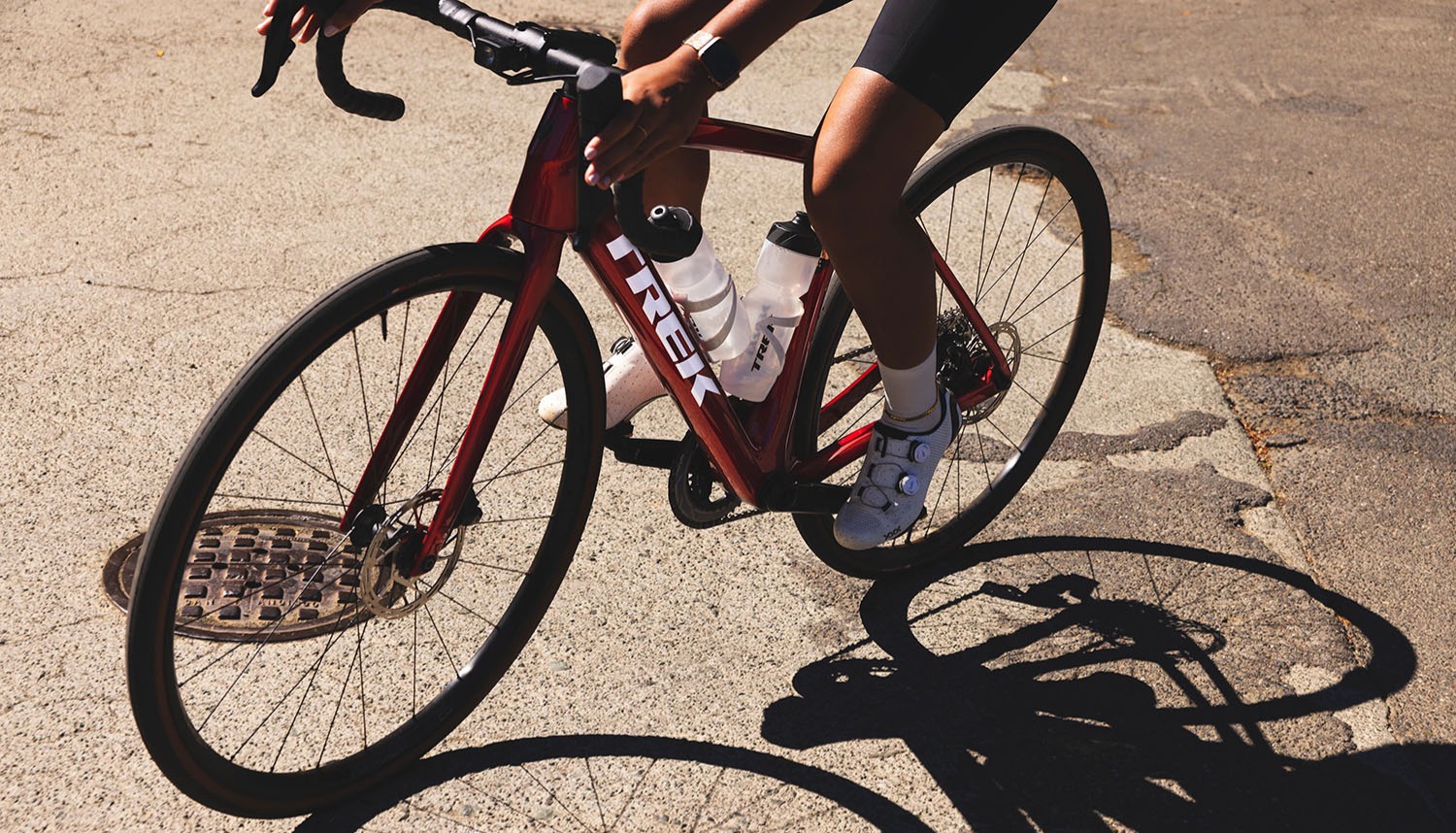
Models
Once you’ve found the right family and platform for your riding style, goals, and budget, it’s time for the last step! Choosing a model is mostly about smaller preferences you may have regarding componentry, but for many, it’s about price.
One last choice you may have here is choosing between SRAM and Shimano, the biggest players in the road drivetrain space. They make the brakes, gears, and shifters on all of our road bikes.
Both have dedicated followings, and you can’t go wrong with either (despite what some all-caps forum posts may say). If you’re trying to decide between SRAM and Shimano drivetrains, take a bike with each drivetrain for a test ride to reveal your preference.
9-level models
Shimano
Dura-Ace has set the standard for pinnacle road drivetrains for decades. Dura-Ace Di2 is an 11-speed wired electronic drivetrain that is super-fast, precise, and has lasting battery life. A power meter rounds out the package.
SRAM
RED AXS eTap is SRAM’s pinnacle drivetrain. 12 -speed, wireless, fully customizable, and super-lightweight. All 9-level bikes get a power meter.
7-level models
Shimano
Ultegra Di2 is an 11-speed wired electronic drivetrain that takes most of the features of Dura-Ace Di2 but at a slightly higher weight.
SRAM
Force AXS eTap is a 12-speed wireless electronic drivetrain that features a lot of trickle-down tech from RED. All Force-equipped bikes come with a power meter as well.
6-level models
Shimano
Ultegra is an 11-speed mechanical drivetrain that has historically provided the best value without making any performance compromises.
800-level GRX is an 11-speed mechanical groupset designed for the rigors of off-road riding, but borrowing many of the technologies of Ultegra.
SRAM
Rival AXS eTap is the most affordable electronic drivetrain. It packs a ton of tech for its mid-level price. 12-speed, wireless, and fully customizable. Trek road bikes with this drivetrain also feature a power meter.
5-level models
Shimano
Rival AXS eTap is the most affordable electronic drivetrain. It packs a ton of tech for its mid-level price. 12-speed, wireless, and fully customizable. Trek road bikes with this drivetrain also feature a power meter.
4-level models
Shimano
400-level GRX is a 10-speed mechanical groupset designed for the rigors of off-road riding, but borrowing many of the technologies of Tiagra.
3-level models
Shimano
Sora is a 9-speed mechanical drivetrain that comes with mechanical disc brakes.
2-level models
Shimano
Claris is an entry-level 8-speed mechanical drivetrain. This drivetrain comes with mechanical disc brakes or rim brakes.
Electronic vs. mechanical shifting
Electronic shifting relies on powerful motors to do the work usually done by cables and linkages. It’s much faster and more precise than mechanical shifting. The debate between these two styles of shifting has mostly been resolved, with the higher-end of the market gravitating to electronic shifting, and more entry-level bikes sticking with mechanical shifting for its proven value.
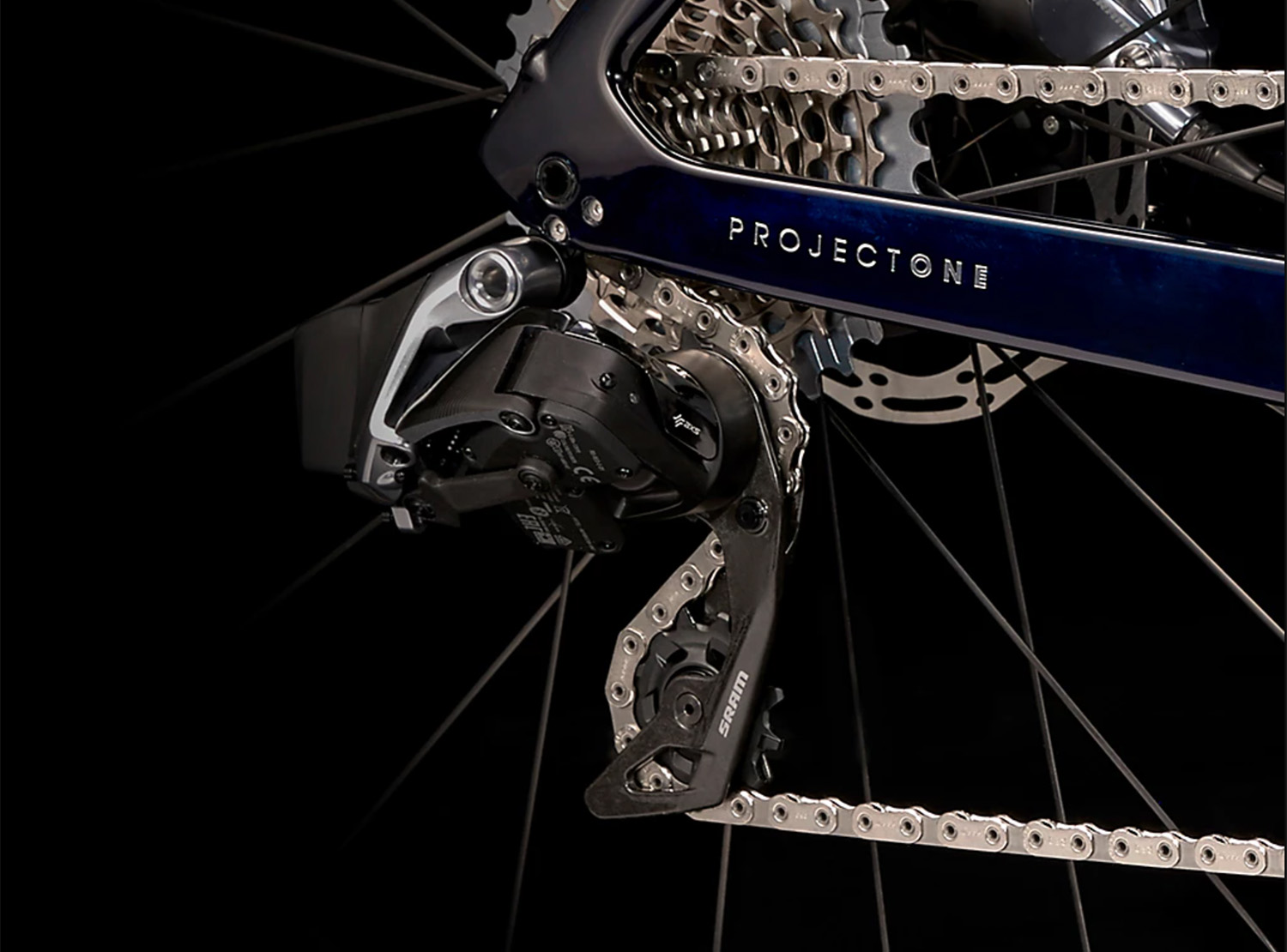
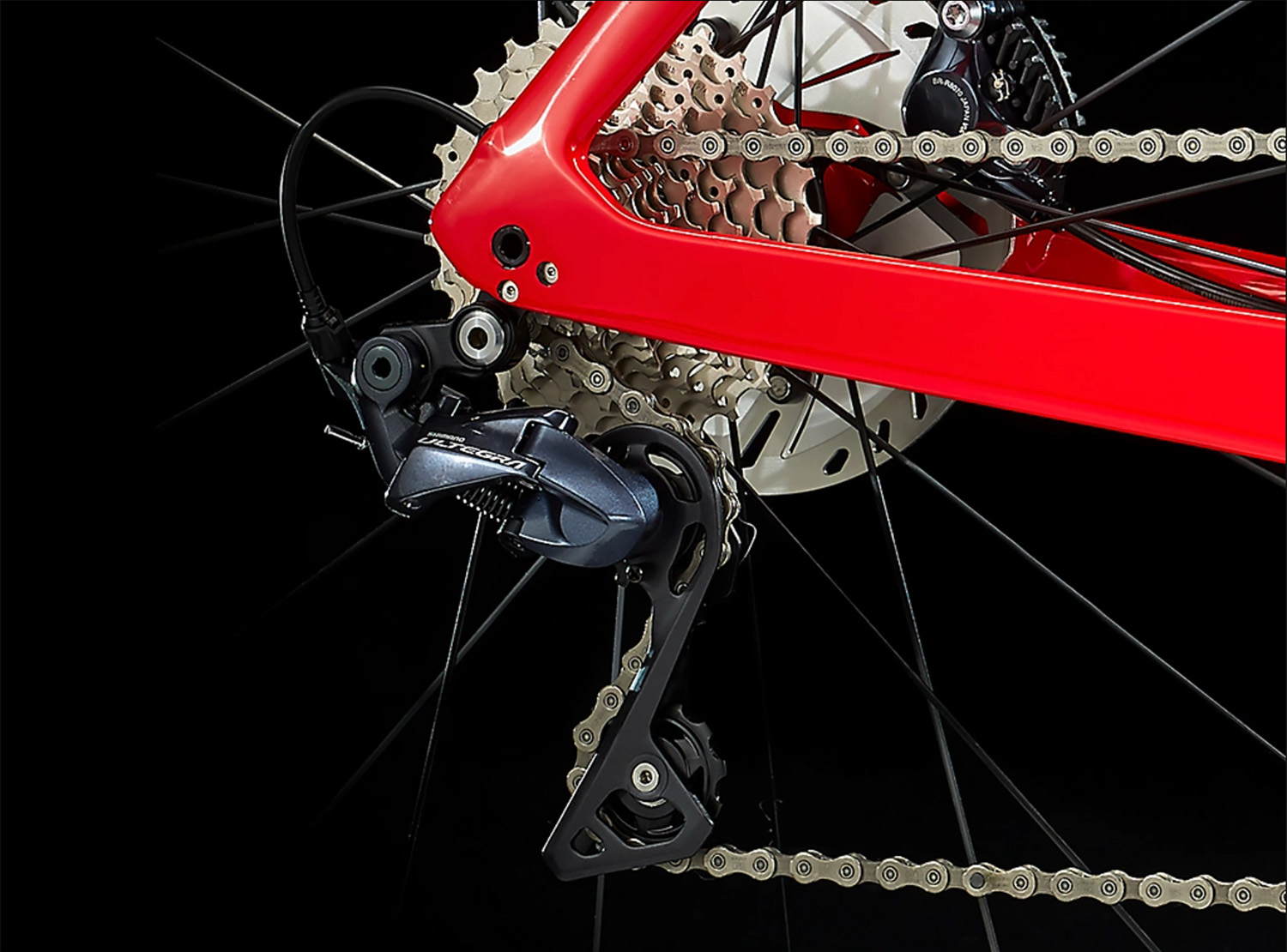
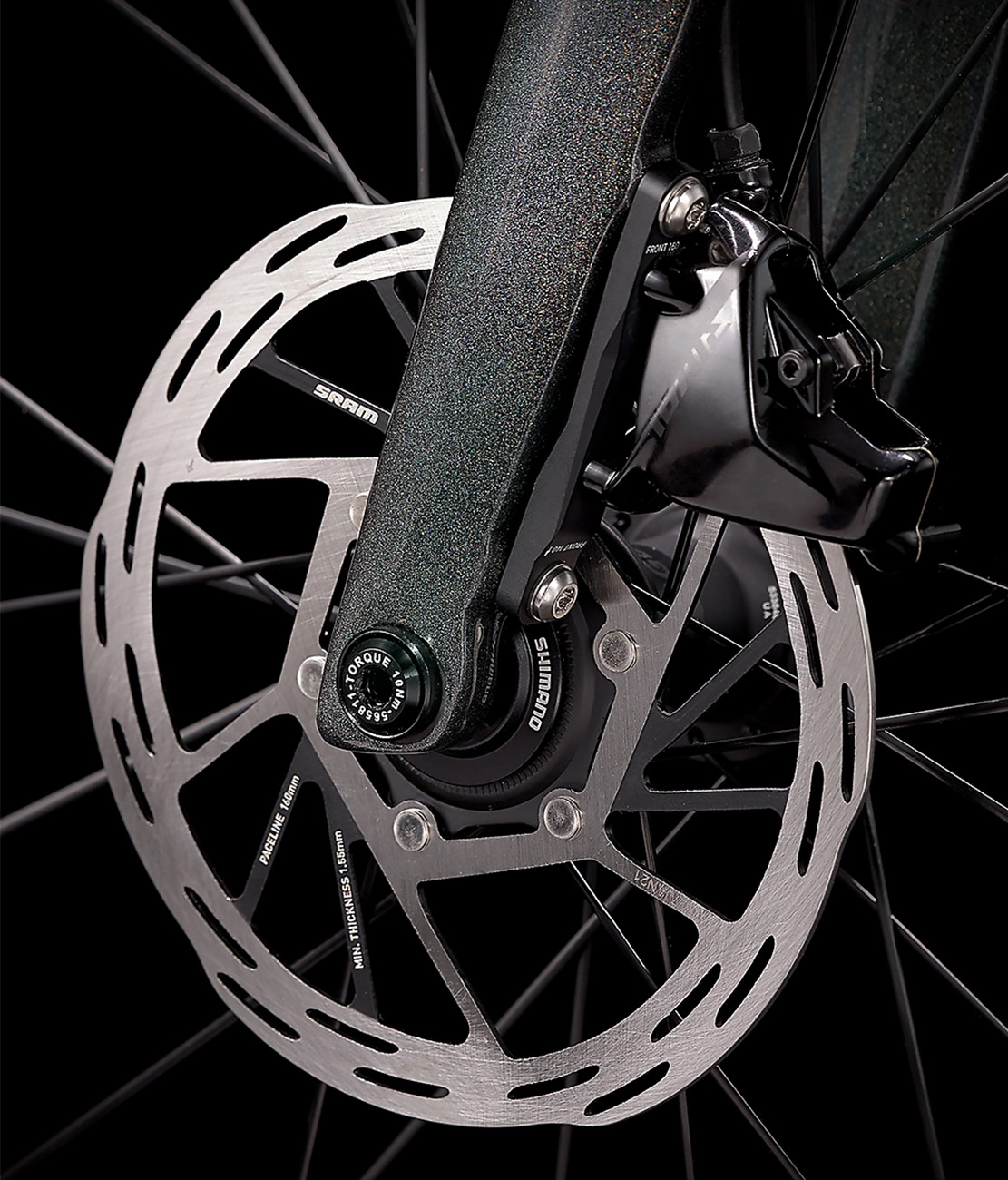
Disc brakes vs. rim brakes
In the past, this section would be longer. Disc brakes work better than other types of brakes and are now the standard for road bikes. Rim brakes can still be found on the most affordable road bikes, but riders universally agree: discs are best.
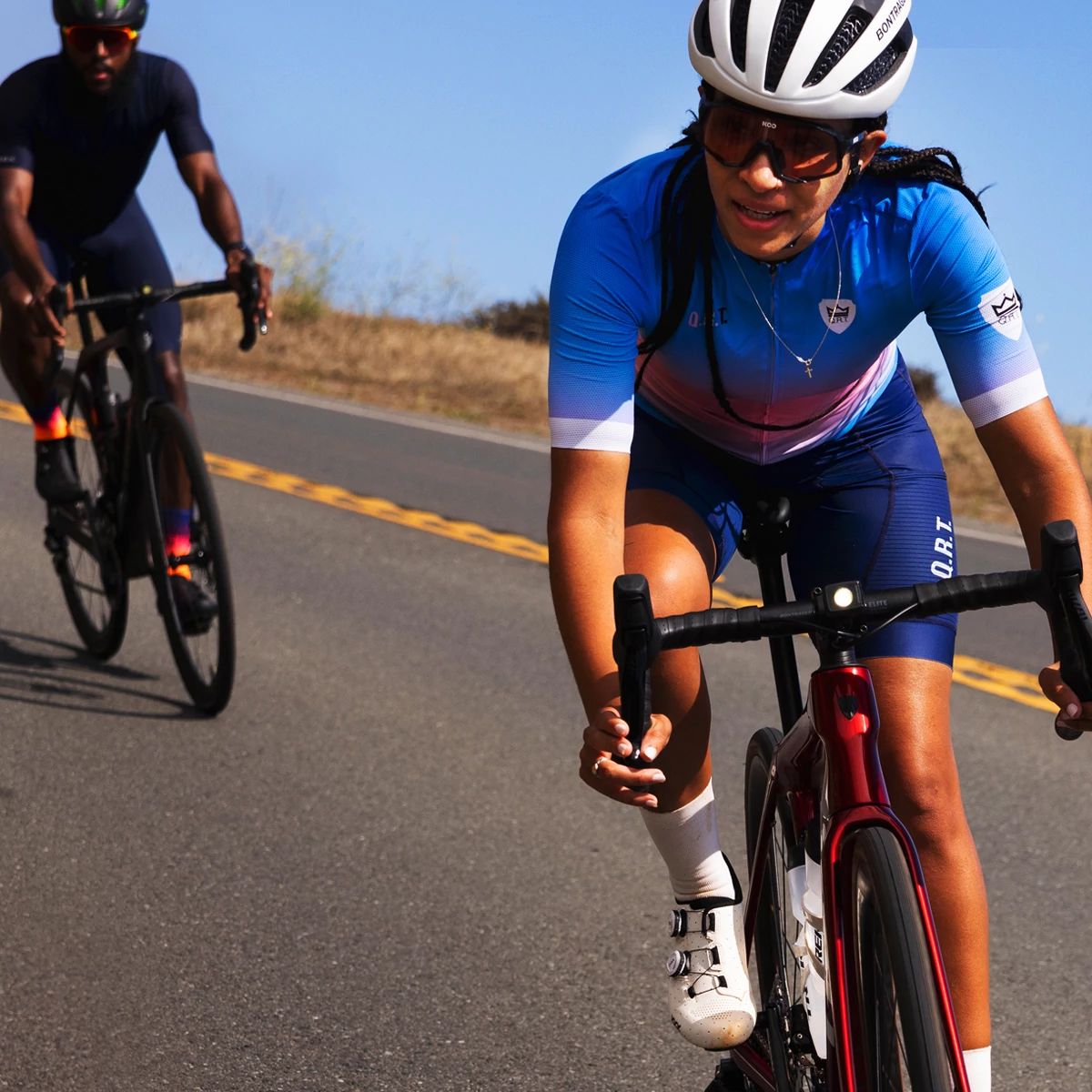
Do I need a women's road bike?
While some brands designate a smaller subset of their road bikes as women’s models, Trek consciously designs all of its road bikes to work equally well for any gender. This gives riders of any gender or body type access to every bike model we offer, and ensures every rider can get the fit, comfort, and performance they should expect.

